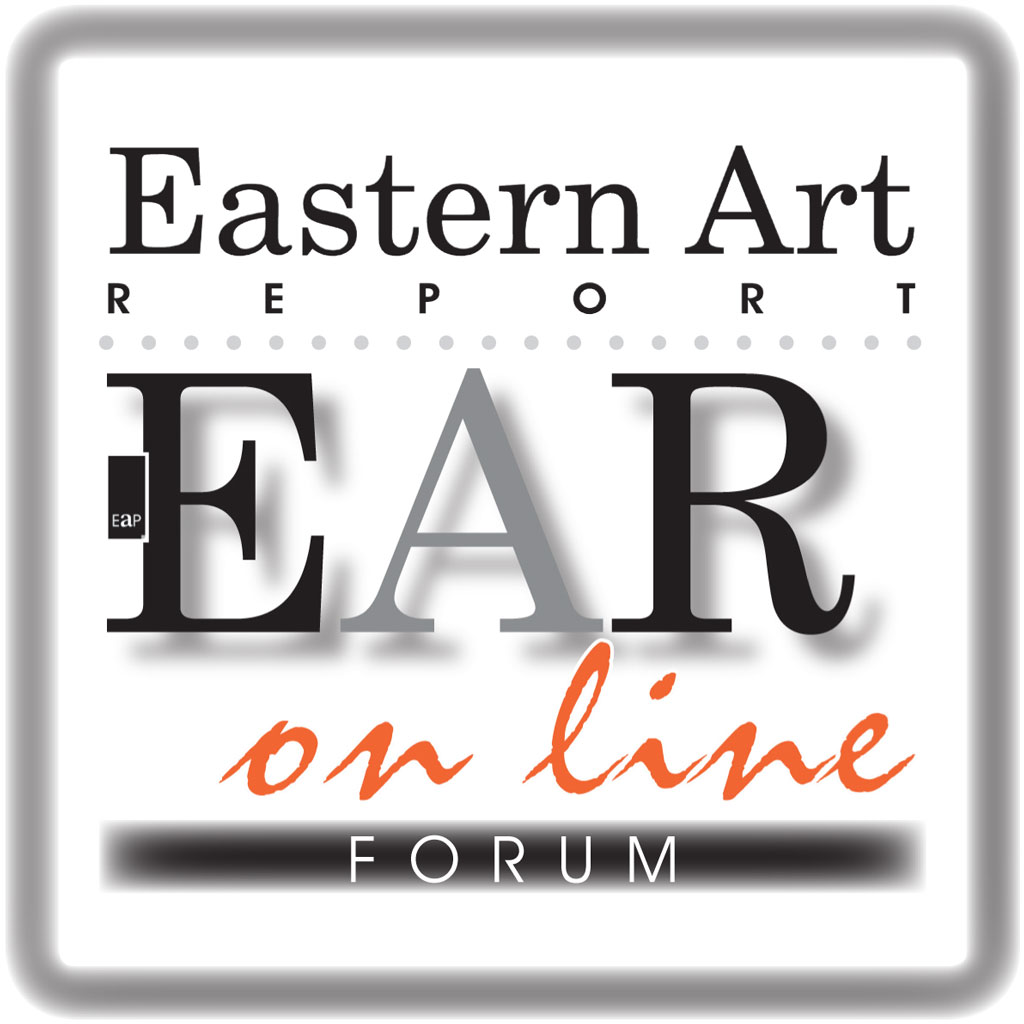Wei Ligang: Chinese Palaces
Wei Ligang, one of the most significant Chinese talents creating contemporary ink art today, has been selected by Michael Goedhuis as the subject of a 2014 Asia Week New York exhibition 14 March – 22 March 2014 as the gallerist celebrates 25th anniversary of his work in the field in London, New York and elsewhere.
Born in Datong, Shanxi, in 1964, Wei Ligang has been at the forefront of contemporary ink painting’s development from its beginning on the Chinese mainland, where he was one of the organizers of the June 1999 Bashu Parade: ’99 Chengdu Retrospective of Chinese Modern Calligraphy at the End of the 20th Century exhibition.
At Nankai University in Tianjin, where Wei was admitted at age 17 in 1981 to study mathematics, he became the president of the calligraphy society, which enabled him to connect with leading local calligraphers and develop a deep understanding and mastery of classical calligraphy. After graduating in 1985, Wei was assigned to teach mathematics at the Teachers’ Training School in the industrial city of Taiyuan, but he succeeded in persuading the school to allow him to teach calligraphy in 1988. Wei Ligang moved to Beijing in 1995 to concentrate on his art. His training in mathematics has contributed to his abstract form of calligraphy.
Many of his works are based on ‘Wei Squares,’ a formula inspired by the square framework printed on practice paper for the characters that students copy repeatedly when learning calligraphy. Different from his gold-ground paintings, in which individual brushstrokes are not discernable, the ‘Wei Square’ calligraphic paintings subtly combine painting and calligraphy: the density of ink ranges from solid black with dry brushstrokes to pale grays.
Wei Ligang constantly deconstructs and re-forms the characters in his paintings while hinting at traditional script forms, such as formal, running, or “grass” script, thus declaring his deep roots in Chinese culture. His works were included in the pioneering exhibition organized by Gordon Barrass at the British Museum in 2002 and now forms part of the British Museum permanent collection.
Wei Ligang’s work underscores why contemporary ink art is now recognised by cognoscenti as representing the most audacious pictorial experiment in China today. Calligraphy represents the foundation-stone of Chinese civilization and has been admired and practiced by literati, emperors and monks, aesthetes, scholars and poets for millennia.
Wei Ligang is intent on developing a new pictorial language which is not only relevant and meaningful to today’s society in China but for the modern world.
In December The Metropolitan Museum of Art in New York became the latest institution to recognize the impact of ink art when it launched an important show, Ink Art: Past as Present in Contemporary China, on view since Dec 11 until April 6.
Other institutions which have been at the forefront of recognising the significance of Chinese ink art include the Museum of Fine Art in Boston, the British Museum, Musée Guimet in Paris, and the Ashmolean Museum in Oxford. Michael Goedhuis curated a non-commercial exhibition, INK – The Art of China, at the Saatchi Gallery in London in June 2012.
Goedhuis will also be a featured exhibitor February 5 to February 9 at Palm Beach’s American International Fine Art Fair, and February 14 to February 18 at both the Palm Beach Jewelry, Art & Antiques Show and the new Miami Art + Design Fair. Also in February, Goedhuis will exhibit at ART14 in London, from February 28 to March 2, before travelling to Maastricht in the Netherlands for The European Fine Art Fair (TEFAF), from March 14 to March 23.
The Goedhuis exhibition of WEI LIGANG: Chinese Palaces will be staged from 15 – 22 March 2014 at an ASIA WEEK NEW YORK exhibition at Mallett on Madison Avenue and 74th Street.




